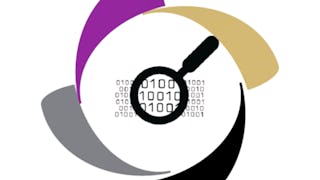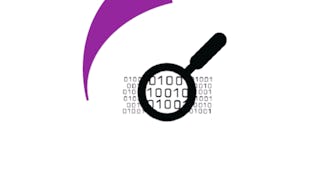Welcome to Symmetric Cryptography!
Symmetric cryptography relies on shared secret key to ensure message confidentiality, so that the unauthorized attackers cannot retrieve the message. The course describes substitution and transposition techniques, which were the bases for classical cryptography when the message is encoded in natural language such as English. Then, we build on product ciphers (using both substitution and transposition/permutation) to describe modern block ciphers and review the widely used cipher algorithms in DES, 3-DES, and AES. Lastly, we enable the use of block ciphers to support variable data length by introducing different modes of block cipher operations in ECB, CBC, CFB, OFB, and CTR modes. This course is cross-listed and is a part of the two specializations, the Applied Cryptography specialization and the Introduction to Applied Cryptography specialization.
















